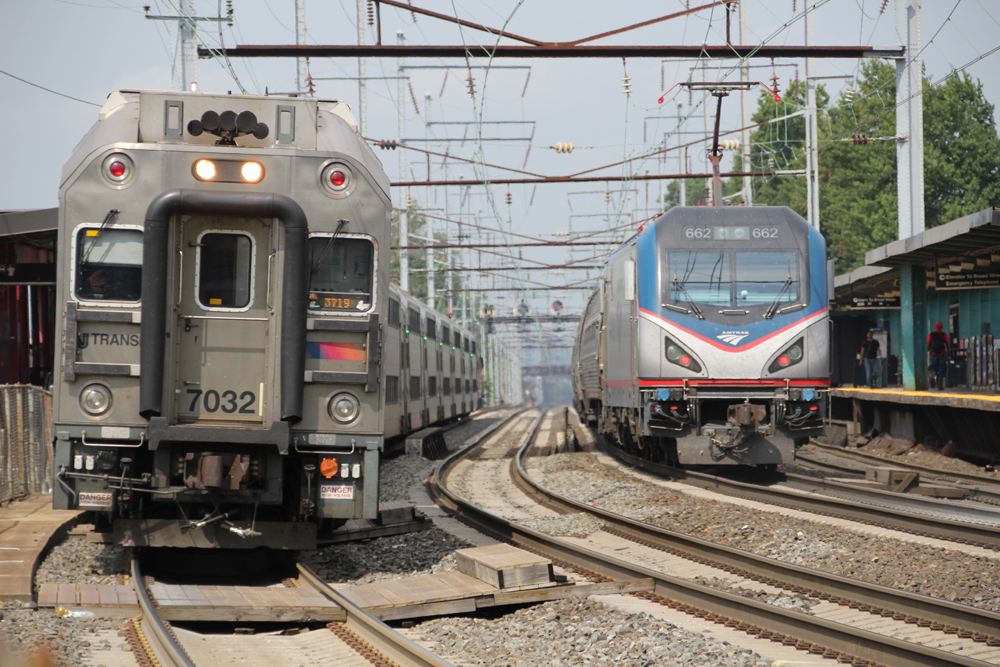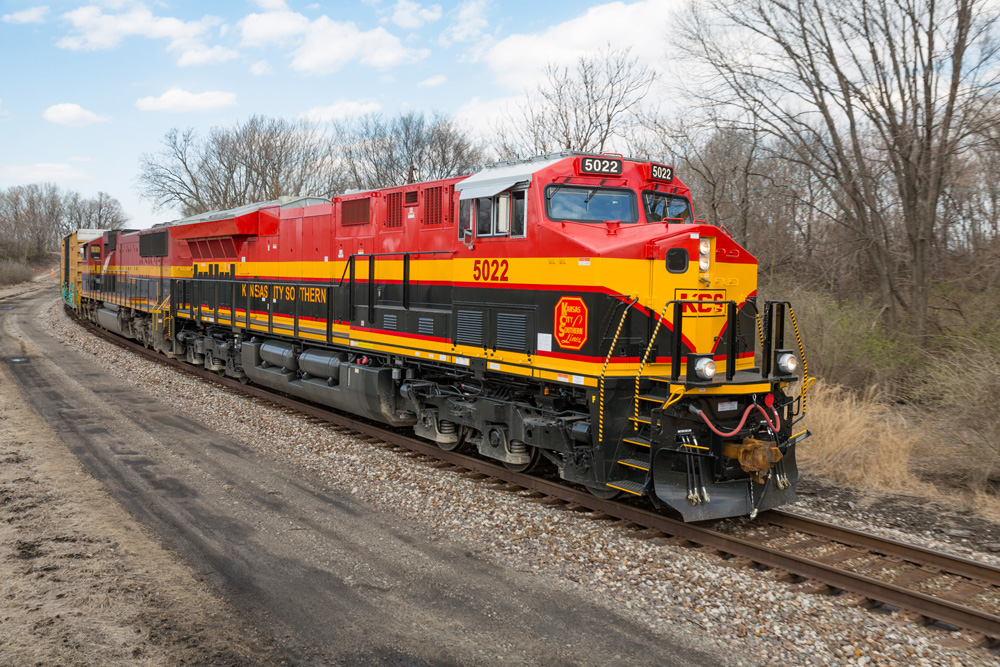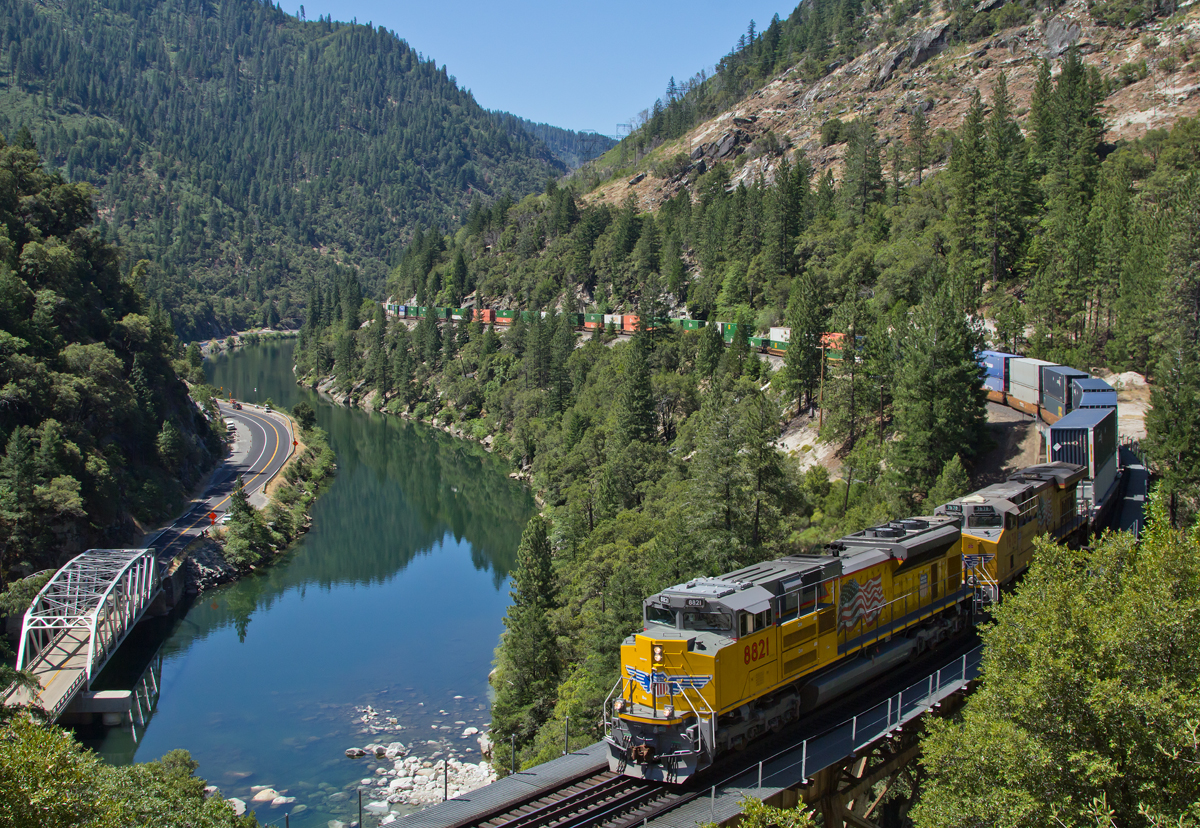
WASHINGTON — New Jersey’s congressional delegation is requesting that Transportation Secretary Pete Buttigieg investigate Amtrak issues on the Northeast Corridor that have led to what a letter calls a “commuting nightmare” on one recent morning, as well as a series of other recent disruptions.
The June 25 letter, signed by all 11 House members from New Jersey, says “avoidable Amtrak errors” have led to significant delays for NJ Transit commuters, and that NJ Transit’s status as a tenant on the Corridor leaves the state transit agency in “an impossible position — unable to direct repairs on Amtrak property and unable to provide proper, reliable service to paying customers who depend on them.”
The representatives are asking for a DOT investigation into the causes of breakdowns along the corridor and what additional capital projects are needed “to fix any structural deficiencies;” how the DOT and Amtrak are planning to address a greater frequency of heat waves, which likely played a role in the disruptions that have occurred 19 times in the six weeks prior to the letter; and for better communication between Amtrak and tenant operators such as NJ Transit on the Corridor. It also asks that Amtrak prioritize replacement of catenary wires and other critical infrastructure such as track and signals. Catenary issues have been blamed for several of the recent delays.
The letter was prompted by a week of issues including June 20 power problems, exacerbated by a brush fire near the right-of-way, that led to cancellation or delays to some 130 NJ Transit trains, as well as additional issues the following morning. NJ.com reports that Amtrak and NJ Transit disagreed about the cause of the Friday issues and some earlier problems, with Amtrak blaming NJ Transit equipment and NJ Transit saying the problem has been with Amtrak’s catenary.














The difference simply, is constant tension catenary versus what now is on the corridor. With constant tension, wire adjusts tension as to the tempurature. Hot days, old catenary loosens and snags occur. I am proud of MNRR for updating the wire from Nre Rochelle Jct. to New Haven.
As I understand it, the catenary from New Haven to Boston was a modern constant-tension design. A catenary project recently replaced old with new between Trenton and New Brunswick on the NEC. How much per mile did that cost (4 tracks) and how successful has been the experience? What did they learn to help future new installations? Does Amtrak now even have any concrete plans to update catenary?
New catenary going in is European style. Thus, NHV-BOS is new and European. So is SEPTA’s Airport Line.
Do we have a breakdown of how many of these outages are actual wire/pan problems as verified by knowledgeable people versus some PR person in Trenton? They have been mostly equally reliable until this month,
What is new this month?
In 109 years, I’m sure the PRR catenary’s contact wire and possibly messenger wire have been replaced several times in routine maintenance. One problem: laymen think everything above the rails and between the uprights is “catenary.”
If you think US-style catenary is “21st century traction equipment operating on 1930’s techology,” you should ignore that T-rail was developed in the 1830’s by the Camden and Amboy, ancestor of the NEC.
Oh Boo Hoo!! Welcome to our Amtrak world of aging, unreliable equipment, mgmt purposely limiting consists & cancelling trains at the last minute due to not repairing cars that should be in revenue service, failing to order new motive power & cars in a timely manner to replace current aging equipment. Another reason why the NEC should be under PRIIA guidelines of being supported by the states it serves instead of Amtrak siphoning off funding from the national network, cooking the books & padding the bills of other state supported routes. NE Commuter agencies make more use of the NEC than Amtrak if you want to premium service it’s time you paid for it!
Not so fast folks. New catenary is much more than just hanging new wires on old structures. The entire support system must be upgraded, that is new columns and crossbeams must be in place before any hangers and wires can be installed. Ten or so miles of track must be taken out of service for months at a time, and stations must have platforms temporarily extended. It’s a truly massive job, costing multi-millions of dollars. For a bit more detail, look at Trains, April 2018, page 20.
19 incidents? How many Amtrak trains, how many NJT trains & how many other reasons? There are rumors that NJT is using a group of faulty pantograph mechanisms that seem more prone to snag PRR style variable tension CAT. We need to pause judgement until the reason(s) for these snags is determined.
Strickly an opinion but probably not just one item. It may be that wire temperature are much higher than in the past. Why?? In the 1960s and 1970s when I was on the NEC many days the atmosphere was very polluted limiting how much direct sun was impacting the PRR style wire. Now with mainly clear days the sun has to increase the wire temperatures by some unknown value. Is Amtrak measuring wire temperatures now and does it have any historical data about wire Temps? Higher temps mean more sag.
So “IF” wire temps are higher then maybe CAT trains will need even slower slow orders and it might depend on how may PANs of a train are contacting the hot wires. Research is needed now!!
Funny NJT runs under over head catenary just like Amtrak. They make it all the wat to the NEC then the problems happen then Amtrak blames the problems on NJT equipment. Most of NJT’s catenary was replaced I think around 40 years ago when they changed from DC power to AC.
Wait a minute NJT has had a snag on both M&E and in Hoboken the last few days>
So, what kind of equipment and what model of PAN involved???
njt to many trains. old system,mony for bounses for management and to much politics. run amtrak like a railroad not an airline on rails
BULLSEYE
What does one expect of much of the catenary between WA and NYP 1930’s era. Amtrak should have made the replacement of catenary a priority. 21st century traction equipment operating on 1930’s techology. Amtrak is disfunctional.